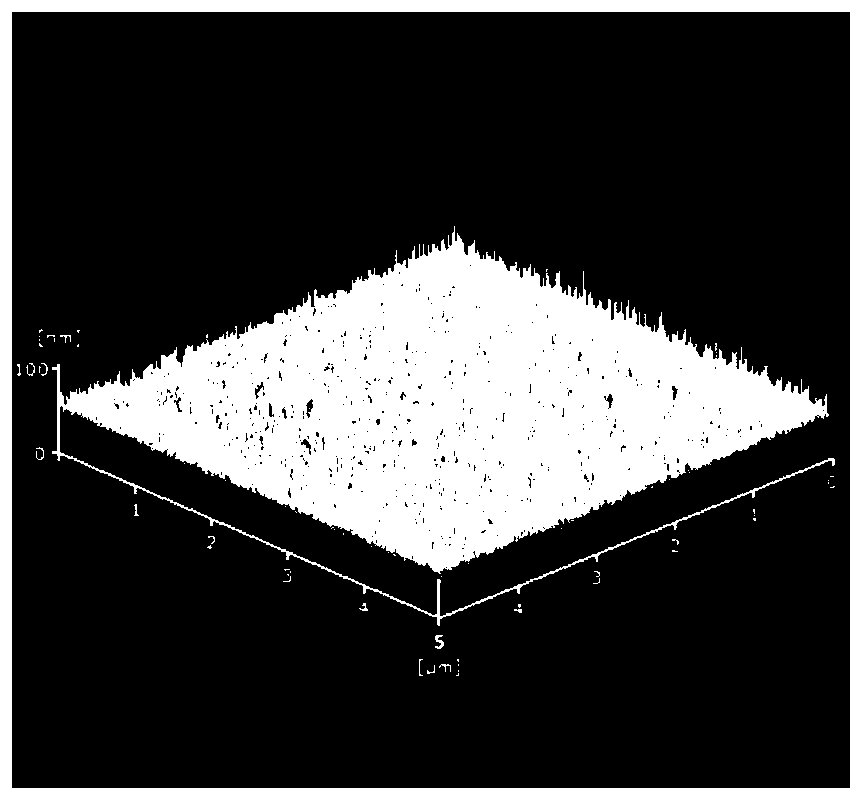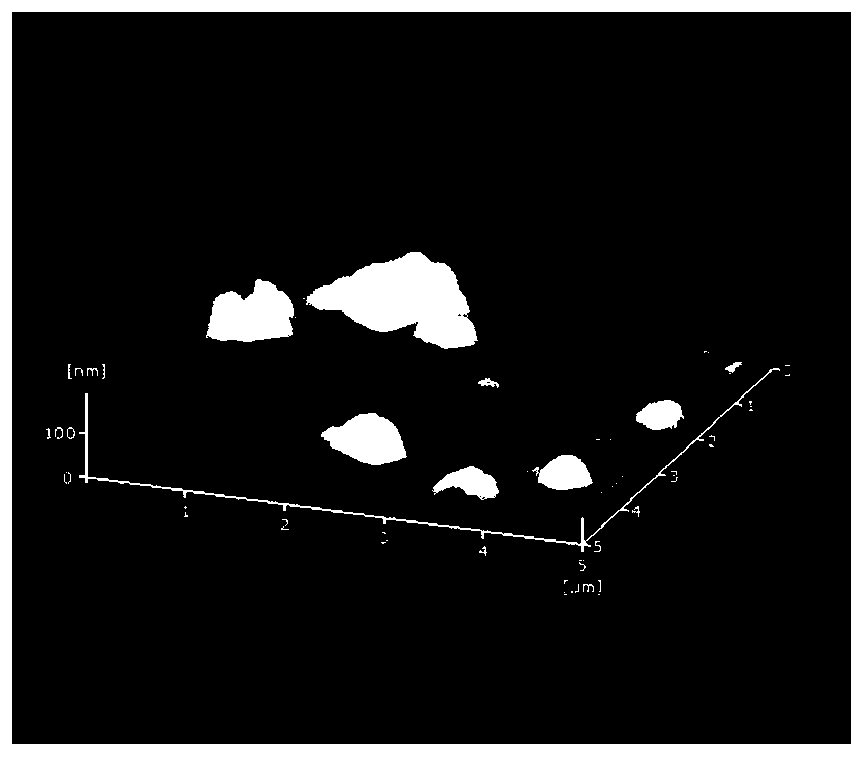Preparation method and application of cationic marine polysaccharide-anthocyanin polyelectrolyte compound capable of prolonging life of caenorhabditis elegans
A technology of Caenorhabditis elegans and marine polysaccharide, which can be applied in application, food science, animal feed, etc., can solve the problems of limited availability and poor stability of anthocyanins, and achieve easy operation, good biocompatibility and degradability. , easy to cultivate effect
- Summary
- Abstract
- Description
- Claims
- Application Information
AI Technical Summary
Problems solved by technology
Method used
Image
Examples
Embodiment 1
[0043] Example 1: Preparation of cationic marine polysaccharide-anthocyanin polyelectrolyte complex
[0044] S1: Weigh 40 mg of cranberry anthocyanin solid powder and dissolve it in 100 mL of aqueous acetic acid solution with a volume fraction of 2% (V acetic acid / V water) to obtain solution A;
[0045] S2: Add 10 mg of chitosan solid powder and 10 mg of pectin solid powder into the solution A described in step S1, and undergo ultrasonic dispersion treatment at an ultrasonic frequency of 20 KHz for 30 minutes, and homogenate for 30 minutes at a rotational speed of 4000 rpm to obtain solution B;
[0046] S3: The solution B described in step S2 is subjected to vacuum freeze-drying at a temperature of -50° C., a vacuum pressure of 40 Pa, and drying for 24 hours to obtain a cationic marine polysaccharide-anthocyanin polyelectrolyte complex.
Embodiment 2
[0047] Example 2: Preparation of cationic marine polysaccharide-anthocyanin polyelectrolyte complex
[0048] S1: Weigh 40 mg of cranberry anthocyanin solid powder and dissolve it in 100 mL of aqueous acetic acid solution with a volume fraction of 2% (V acetic acid / V water) to obtain solution A;
[0049] S2: Add 20 mg of chitosan solid powder and 20 mg of pectin solid powder into the solution A described in step S1, and undergo ultrasonic dispersion treatment at an ultrasonic frequency of 20 KHz for 30 minutes, and homogenate for 30 minutes at a rotational speed of 4000 rpm to obtain solution B;
[0050] S3: The solution B described in step S2 is subjected to vacuum freeze-drying at a temperature of -50° C., a vacuum pressure of 40 Pa, and drying for 24 hours to obtain a cationic marine polysaccharide-anthocyanin polyelectrolyte complex.
Embodiment 3
[0051] Example 3: Preparation of cationic marine polysaccharide-anthocyanin polyelectrolyte complex
[0052] S1: Weigh 40 mg of cranberry anthocyanin solid powder and dissolve it in 100 mL of aqueous acetic acid solution with a volume fraction of 2% (V acetic acid / V water) to obtain solution A;
[0053] S2: Add 30 mg of chitosan solid powder and 30 mg of pectin solid powder into the solution A described in step S1, and undergo ultrasonic dispersion treatment at an ultrasonic frequency of 20 KHz for 30 minutes, and homogenate for 30 minutes at a rotational speed of 4000 rpm to obtain solution B;
[0054] S3: The solution B described in step S2 is subjected to vacuum freeze-drying at a temperature of -50° C., a vacuum pressure of 40 Pa, and drying for 24 hours to obtain a cationic marine polysaccharide-anthocyanin polyelectrolyte complex.
PUM
 Login to View More
Login to View More Abstract
Description
Claims
Application Information
 Login to View More
Login to View More - R&D
- Intellectual Property
- Life Sciences
- Materials
- Tech Scout
- Unparalleled Data Quality
- Higher Quality Content
- 60% Fewer Hallucinations
Browse by: Latest US Patents, China's latest patents, Technical Efficacy Thesaurus, Application Domain, Technology Topic, Popular Technical Reports.
© 2025 PatSnap. All rights reserved.Legal|Privacy policy|Modern Slavery Act Transparency Statement|Sitemap|About US| Contact US: help@patsnap.com



